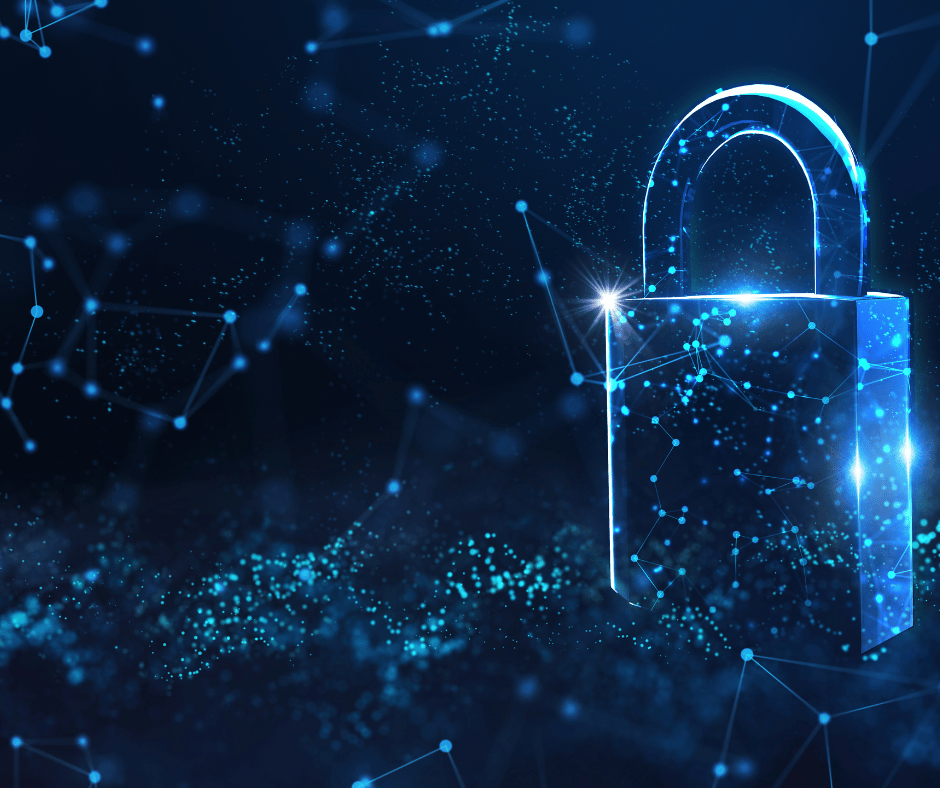Are You Safe From Ransomware?

Addressing the Lessons Learned from a Global Ransomware Attack
The importance of robust cybersecurity measures cannot be overstated in light of the recent ransomware attack that affected thousands of computers across 150 countries, including the United States. As the identity of the attacker remains unknown and the attack leveraged stolen software from the National Security Agency (NSA), the implications of this incident are significant. This article highlights how businesses should strengthen their cybersecurity posture and protect against malware threats.
Implement and Update a Comprehensive Cybersecurity Policy:
The ransomware attack serves as a stark reminder of the necessity of having a well-defined and up-to-date cybersecurity policy in place. This policy should outline specific procedures, guidelines, and best practices for safeguarding sensitive information, protecting against malware, and responding to security incidents. Regularly reviewing and updating the policy ensures it remains effective against evolving threats.
Conduct Regular Testing of Security Procedures:
Constantly testing the effectiveness of security procedures is vital to identify vulnerabilities and address them promptly. Simulating potential attack scenarios, such as phishing attempts or malware infiltration, can help organizations assess their preparedness and discover areas for improvement. Regular testing strengthens the overall security posture and ensures that employees are well-trained to recognize and respond to potential threats.
Promptly Update Software with Security Patches:
Keeping software systems up to date is crucial in preventing malware infections. Software vendors regularly release security patches to address known vulnerabilities. Organizations should establish a process to promptly apply these patches to all systems and devices. By doing so, they can mitigate the risk of exploitation by cybercriminals who exploit outdated software as a means to infiltrate networks.
Educate and Train Employees:
Human error remains a significant factor in malware infections and cyberattacks. Businesses should invest in comprehensive employee training programs that educate staff on identifying phishing emails, recognizing suspicious websites, and practicing good cybersecurity hygiene. By fostering a culture of cybersecurity awareness, organizations can empower their employees to become the first line of defense against potential threats.
Protect Data with Offline Backups:
While antivirus software is a critical component of a robust cybersecurity strategy, it may not detect all types of malware, particularly those without identifiable signatures. Creating offline backups of critical data provides an additional layer of protection. By keeping backups separate from the network and isolated from potential sources of malware, businesses can ensure the integrity of their data and quickly restore operations in the event of an attack.
These global ransomware attacks serve as a powerful reminder that organizations must remain vigilant in the face of evolving cyber threats. By implementing a comprehensive cybersecurity policy, regularly testing security procedures, updating software promptly, educating employees, and maintaining offline backups, businesses can strengthen their defenses against malware attacks. Emphasizing proactive cybersecurity measures is essential for protecting sensitive data, maintaining operational continuity, and safeguarding the reputation and trust of clients and customers.
Contact My RIA Lawyer for help with Cybersecurity in your firm
For more information on Cybersecurity Policies and what you need to do to protect your business from malware attacks, contact us today!
